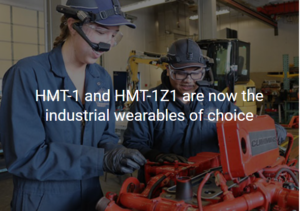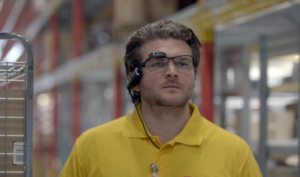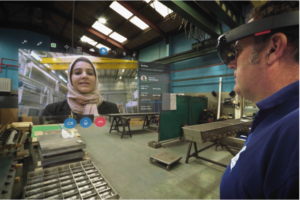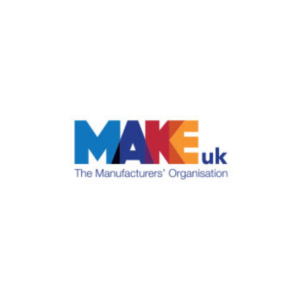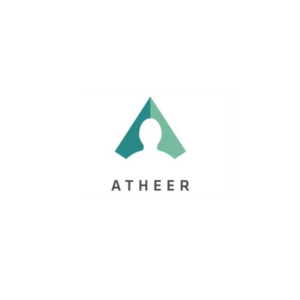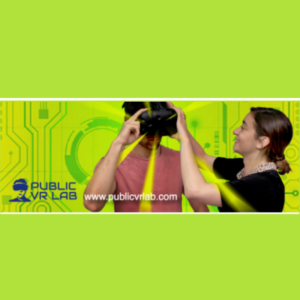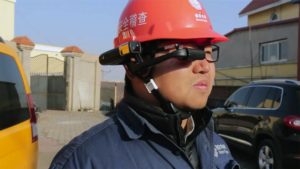The MTC has been officially named as a Microsoft Mixed Reality Partner.
They will now work together to create apps and teach more companies how to use technology such as HoloLens, Microsoft’s mixed reality headset, to save time and money, and improve quality and customer service.
“The MTC supports large and small companies across the UK,” said David Varela, Technology Manager at the MTC. “Our mission is to help manufacturers in the UK compete on the global stage. One way we do that is by using HoloLens, and two Microsoft tools in particular – Remote Assist and Layout. By sending our members a HoloLens, we are able to remotely work with companies to solve their problems and help them achieve their goals. It is much easier and cheaper for everyone.”
Rather than put users in a fully computer-generated world, as virtual reality does, HoloLens allows users to place 3D digital models in the room alongside them. As the Windows-10-based product does not have wires or external cameras, or require a phone or PC connection, users can walk around the objects they create and interact with them using gestures, gaze and voice.
Remote Assist lets people collaborate remotely with heads-up, hands-free video calling, image sharing and mixed-reality annotations. With Layout, you can import 3D models to easily create and edit room layouts in real-world scale. The MTC has previously worked with customers on hundreds of scenarios, showing them the value of the technology.
The MTC built on those programs to offer their own services, including Remote Line Walk. “What would usually happen is an engineer would visit an SME, walk around the workshop and suggest technologies and processes to make them more efficient or help them overcome a challenge,” Varela said. “Now, instead of us sending a person to the site, we just ship a HoloLens to them, they put on the headset and we can deliver the same process remotely. Someone who used to need three days to do a couple of visits is now able to do three visits in one day. We can give them an expert on demand.”
HoloLens is already being used by large manufacturers and industrial customers such as Chevron and can have huge benefits for other firms in the sector, which is a major part of the UK economy.
Manufacturing makes up 10% of the economy, employs 2.6 million people and is responsible for 45% of exports, totalling £275 billion. The importance of technology to helping growth in the sector was reflected in research from the EEF, the trade body for the UK’s manufacturing sector, which found that 80% of firms believe Industry 4.0 – the blending of industrial practices and technology – will be a reality by 2025.
“We tried every device in the market and the HoloLens was the best by a good distance, and it still is,” Varela said. “The beauty of HoloLens is it’s Windows-based, so developing is far easier than for other devices. There are also integrations with Azure services, and that makes it so powerful.”
This is just the beginning of the MTC’s work with HoloLens and mixed reality. Over the past two years, it has been working with the Advanced Visualization steering committee, including large aerospace manufacturing companies to create an Azure cloud-based platform called VIVAR. VIVAR is a guided instructions platform that can be used across the manufacturing process in order to advance workplace visualisations.

